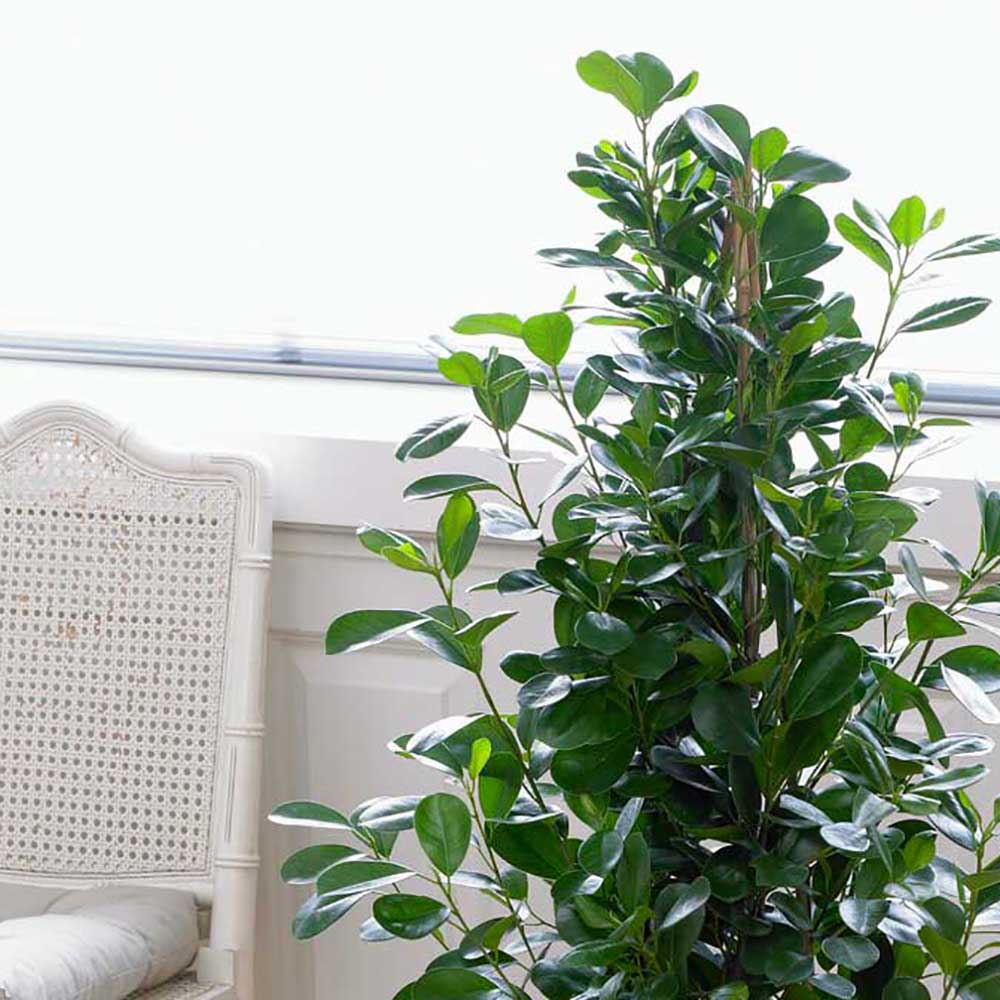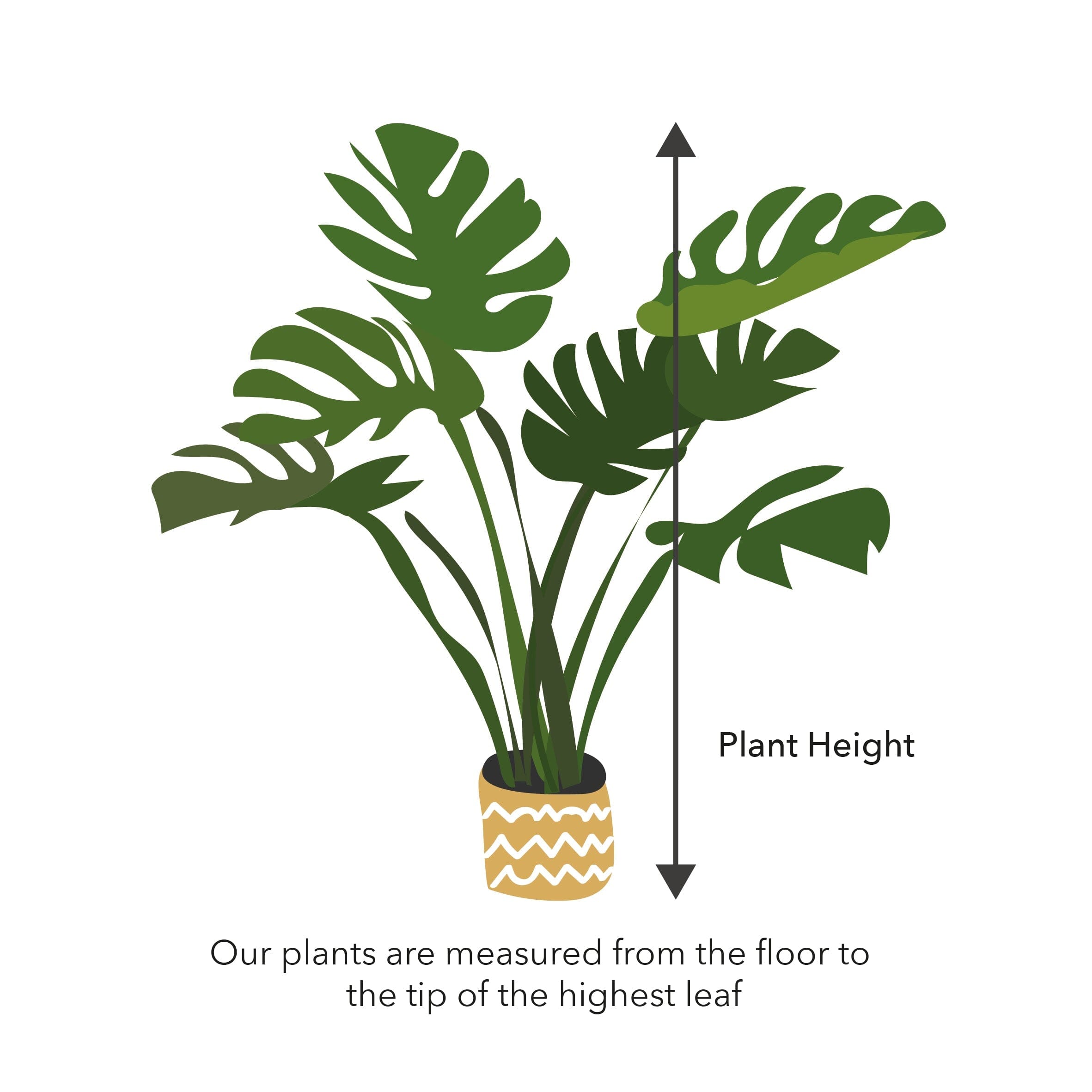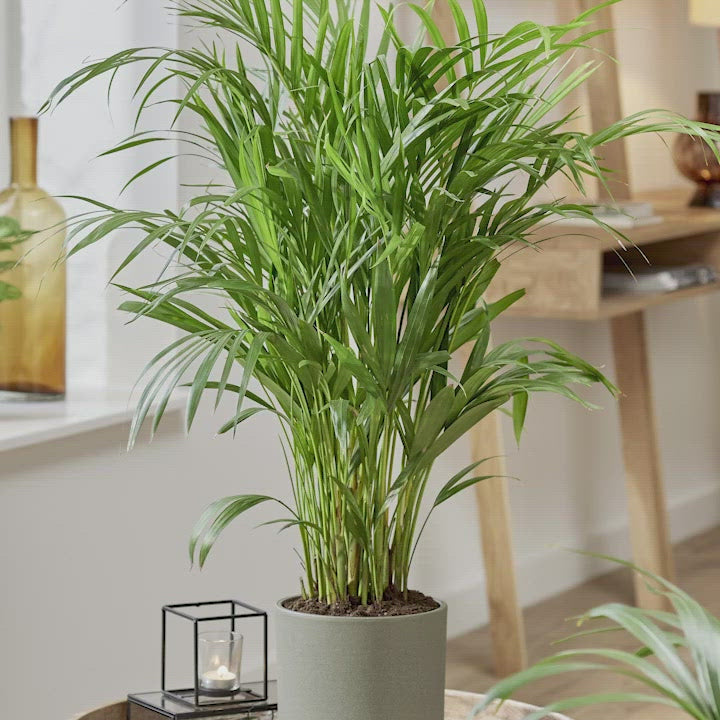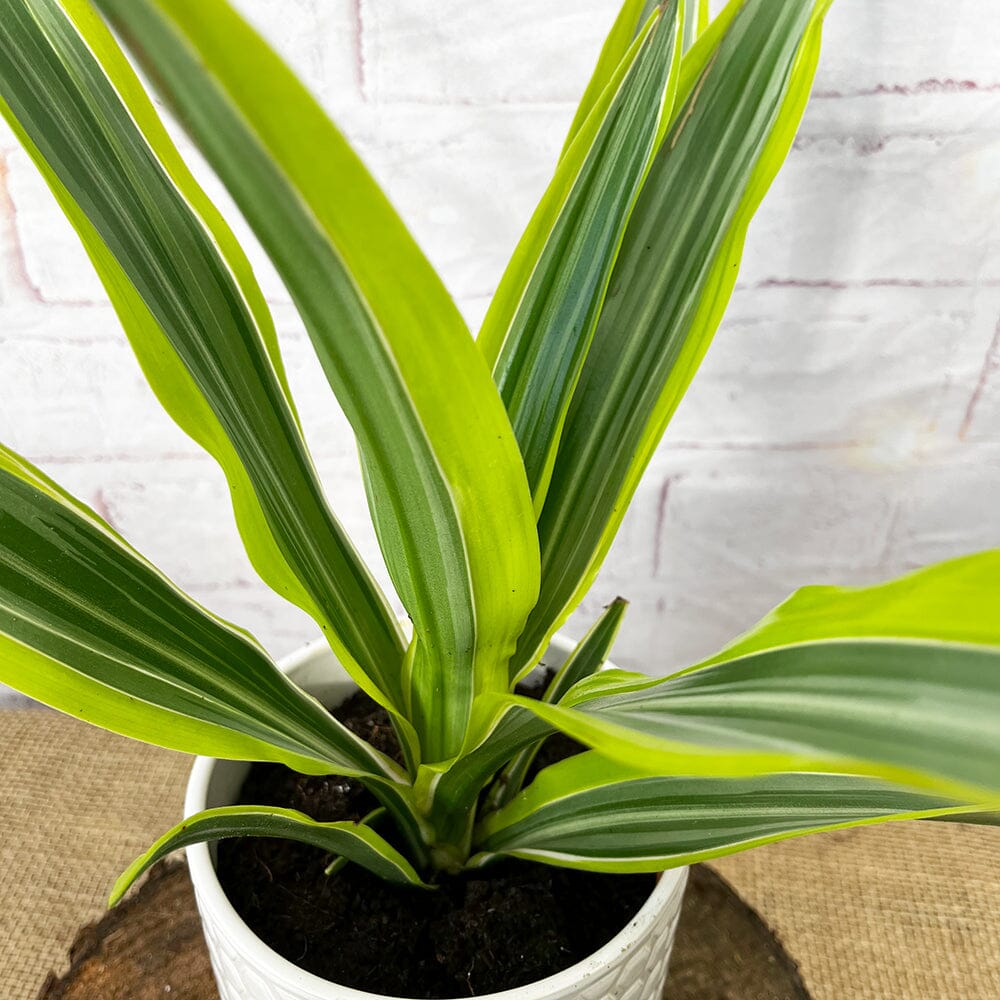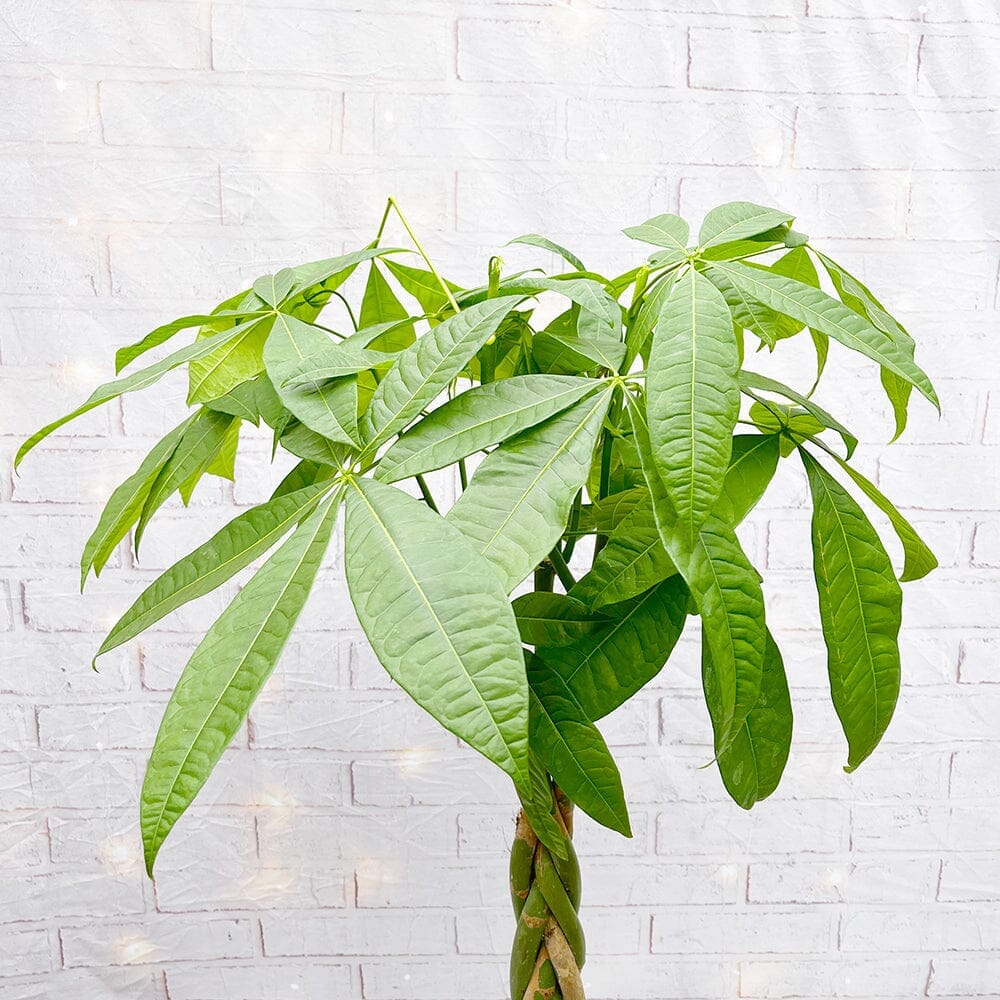Aruncus Sylvester Aquatic Pond Plant - Goat's Beard
Aruncus sylvester, commonly known as Goat's Beard, is a herbaceous perennial plant that belongs to the Rosaceae family. It is native to Europe and North America and is known for its large, feathery plumes of creamy white flowers that resemble a goat's beard. The plant forms clumps of deeply lobed, fern-like foliage that can reach a height of 3-6 feet (90-180 cm) and a spread of 2-4 feet (60-120 cm). The flowers appear in late spring to early summer, attracting pollinators and adding a soft and airy texture to the garden. After blooming, seedheads form, providing additional interest in the landscape.
Care Guide:
Light Requirements: Aruncus sylvester prefers partial shade to full shade, though it can tolerate some morning sun. Plant it in a location that receives dappled sunlight or filtered shade for optimal growth and flowering.
Soil Requirements: This plant thrives in rich, moist, and well-draining soil. It prefers a slightly acidic to neutral pH level (around 6.0-7.0). Ensure the soil is consistently moist but not waterlogged, as it can be sensitive to drought.
Watering: Aruncus sylvester requires regular watering, particularly during hot and dry periods. Keep the soil consistently moist, but avoid overwatering. Apply water at the base of the plant to prevent wetting the foliage, which can increase the risk of fungal diseases.
Mulching: Apply a layer of organic mulch, such as shredded bark or compost, around the base of the plant to help retain soil moisture, suppress weed growth, and maintain a more even soil temperature.
Fertilization: Aruncus sylvester benefits from a yearly application of compost or well-rotted manure in early spring to provide nutrients for healthy growth. Avoid excessive use of high-nitrogen fertilizers, as they can promote lush foliage growth at the expense of flowering.
Pruning: After the flowering season, you can remove the spent flower stalks to tidy up the plant's appearance. In late fall or early spring, cut back the old stems close to the ground to encourage fresh growth and maintain a compact habit.
Division: Aruncus sylvester can be divided every few years to rejuvenate the plant and control its spread. Divide the clumps in early spring or fall, ensuring each division has sufficient roots and foliage.
Pest and Disease Control: This plant is generally resistant to pests and diseases. However, it can occasionally be affected by powdery mildew, particularly in humid conditions. Provide adequate spacing between plants to promote good air circulation and remove any affected foliage promptly.
Support: As the tall flower stalks can be prone to flopping, particularly in windy areas or heavy rain, it's beneficial to provide support such as staking or encircling the plant with a ring support early in the growing season to help keep it upright.
Aruncus sylvester is an excellent choice for woodland gardens, shade gardens, or any landscape seeking a plant with beautiful feathery flowers and lush foliage. With proper care and maintenance, it can provide years of beauty and charm to your garden. Enjoy the elegant presence of Goat's Beard in your landscape!
Selection:
Choose plants that are specifically adapted to grow in wet or boggy conditions. Research different species of bog plants to find ones that suit your pond's conditions and your aesthetic preferences. Consider factors such as height, flower colour, foliage texture, and seasonal interest when selecting plants.
Soil:
Bog plants thrive in soil that is consistently moist, but not waterlogged. Prepare the planting area by creating a mix of equal parts garden soil, peat moss, and sand to provide good drainage while retaining moisture. Avoid using heavy clay soil, as it can become compacted and restrict root growth.
Sunlight:
Most bog plants prefer full sun to partial shade. Ensure that the plants receive at least 4-6 hours of direct sunlight each day for optimal growth and flowering. Some bog plants can tolerate more shade, so consider the specific light requirements of the plants you choose.
Watering:
Bog plants require consistent moisture, so water them regularly to keep the soil damp. Monitor the moisture level and water as needed to prevent the soil from drying out. During hot and dry periods, you may need to water more frequently to maintain proper moisture levels.
Planting:
Dig a hole slightly larger than the root ball of the plant and loosen the soil at the bottom. Place the plant in the hole, ensuring that the crown is level with or slightly above the soil surface. Backfill the hole with the prepared soil mixture, gently firming it around the plant to eliminate air pockets. Water thoroughly after planting to settle the soil and provide initial hydration.
Mulching:
Apply a layer of organic mulch, such as straw or shredded bark, around the base of the plants. Mulching helps retain moisture, suppresses weeds, and regulates soil temperature. Maintain a layer of 2-3 inches of mulch, keeping it away from the plant's stems to prevent rotting.
Fertilization:
Bog plants generally do not require heavy fertilization if the soil is nutrient-rich. However, if growth appears weak or leaves show signs of nutrient deficiencies, you can apply a slow-release fertilizer specifically formulated for aquatic plants. Follow the manufacturer's instructions for application rates and frequency.
Maintenance:
Regularly remove any dead or decaying foliage to maintain plant health and appearance. Divide overcrowded plants every few years to prevent competition for resources and promote vigorous growth. Prune back excessive growth to maintain a tidy appearance and to prevent plants from encroaching on other plants or the pond itself.
Winter Care:
Hardy bog plants can withstand winter temperatures, while tender ones may need protection. In colder regions, consider mulching around the base of the plants or covering them with a layer of straw or burlap to insulate them from freezing temperatures.
Monitoring and Troubleshooting:
Regularly inspect plants for signs of pests, diseases, or nutrient deficiencies. Address any issues promptly with appropriate treatments, such as organic insecticides, fungicides, or nutrient amendments. By following these general tips and care guidelines, you can create a thriving bog planting area around your pond, adding beauty and interest while supporting a diverse ecosystem.






















